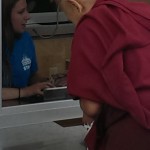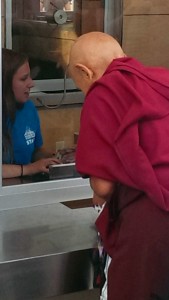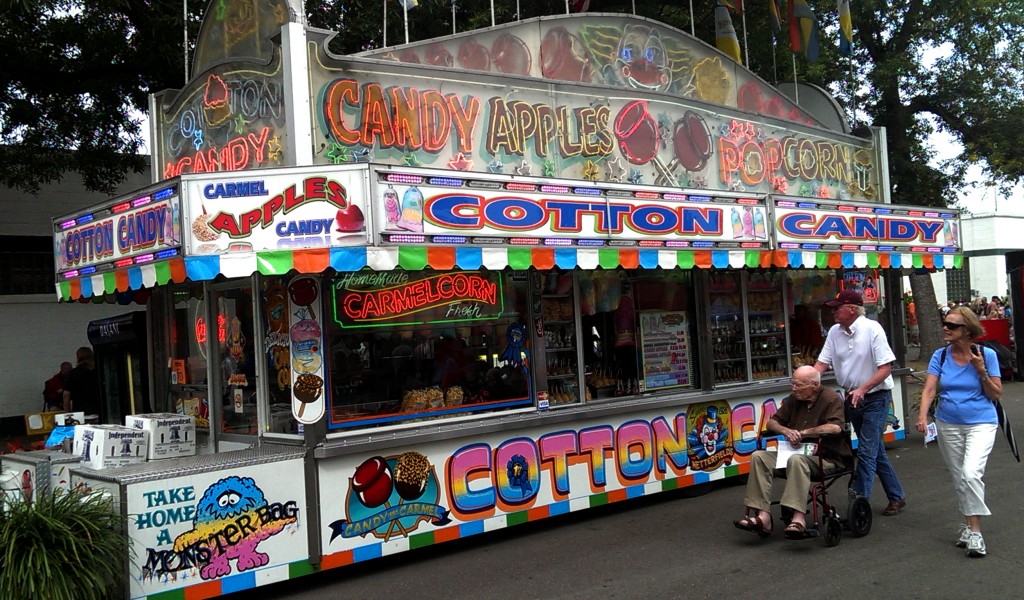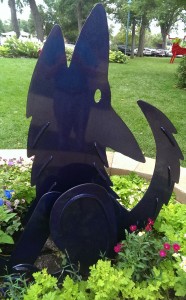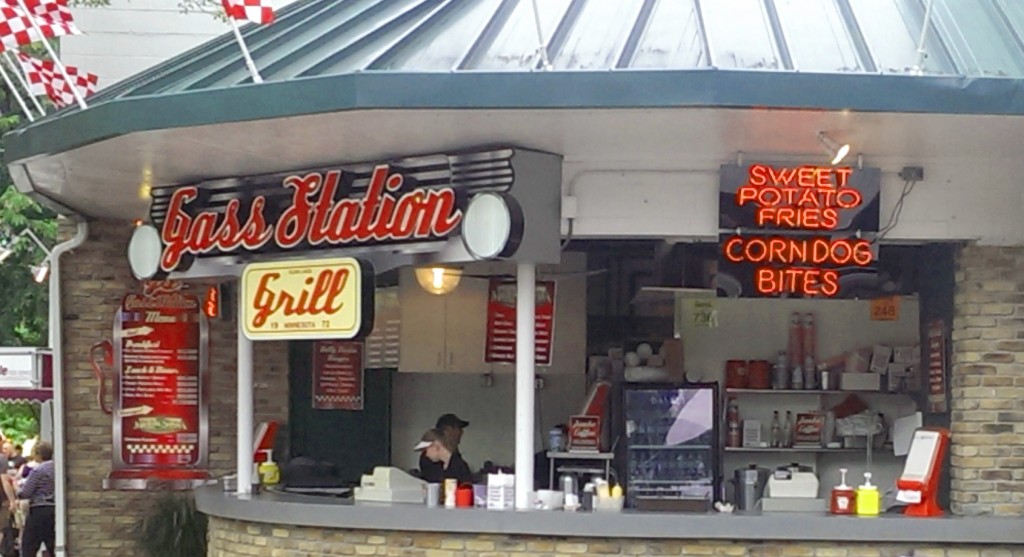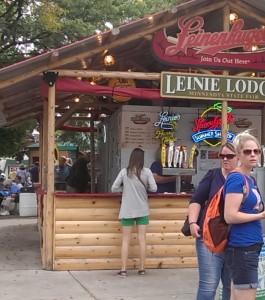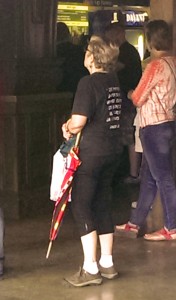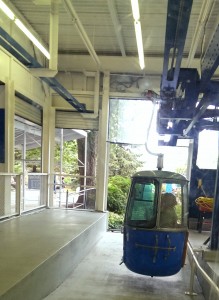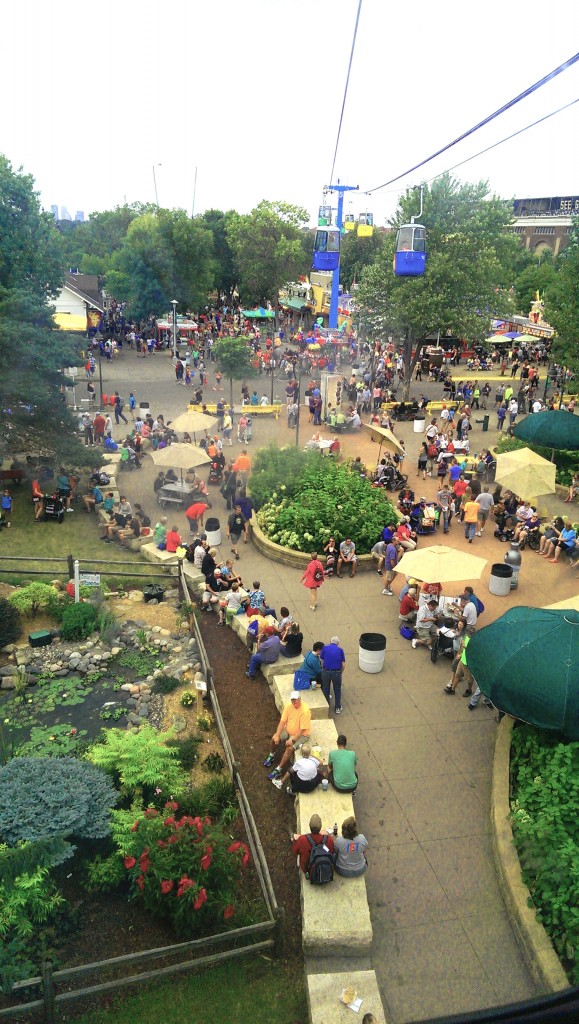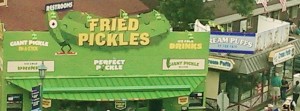Fall Falling Leaves Moon
There is no doubt that the 100th meridian has geographic, population and climate significance. But, for this Midwesterner, these real distinctions, though remarkable certainly, don’t truly spell the boundary for the Midwest. No, for me, the Midwest stops at the Front Range, that wall, that barrier of mountains that sit astride the 40th latitude. Here the rural heartland (and its own emigrants) and immigrants from various parts of Europe washed up against the intractability of the West
The 100th parallel runs through it: Cozad, Nebraska. The 100th meridian is significant in the U.S. for two quite distinct reasons. The first is that it marks the line beyond which land receives less than 20 inches of rain per year. On the other side of the 100th, in the rich agricultural heartland, lie the areas in the U.S. with abundant rainfall.
The second and related reason the 100th parallel is significant concerns U.S. population density. Many areas of the West fall into the lowest population density category: 2.5 people per square mile. As this website points out: “Low precipitation, poor soils, and rugged or mountainous terrain have discouraged more people from settling in these areas.”
Drive or fly across the 900 miles from Andover to Conifer, Colorado and these distinctions become self-evident. Over the weekend, as I flew back and forth the ground beneath me grew browner as we went west. Browner or shades of tan or gray. Also, the number of circles, like the foot-prints of circular footed aliens, increased. In one area I counted over 100 contiguous irrigation circles. They reflect the unyielding climatology revealed by the map above and the inevitable water apocalypse that awaits the last drop of the last aquifer that makes up the vast Ogallala.
Here is the population map. As you drive toward Colorado, the green farms of southern Minnesota, northern Iowa and eastern Nebraska give way to feedlots, cattle ranches and irrigated fields. So, in these two ways, the Midwest, it could be said, ends at the 100th parallel and the West begins.
At the Front Range the just awakening colonization of large arid West collided with its native inhabitants; then, propelled by rail and mining interests, crashed over the mountains themselves. Ranches large enough to sustain the cattle business, mines sunk deep into the living rock, railroads powerful enough to conquer the elevations and snow created the raw energy, but the lifeways of the Midwest, those who would grow things, start cities, industry, build schools, those lifeways came along past the 100th parallel.
Though the Midwest may begin to fade past Cozad, Nebraska as the high plains become drier, its cultural influence remains strong in Colorado, at least through Denver and its metropolitan area as well as the I-25 corridor of Colorado Springs, Longmont, Greeley, and Ft. Collins. So it could be claimed, and I would do it, that the culture of Colorado is neither Western nor Midwestern, but a hybrid. Yes, the Great Western Stockshow has rodeos and many horse related exhibits, but it also has milk cows and chickens, rabbits and pigs. Yes, Denver has a blue mustang with its front legs raised outside its airport, but it also has bicycle paths, digerati, industry and a Federal mint.
At least that’s how I see it right now, from the Midwest.

